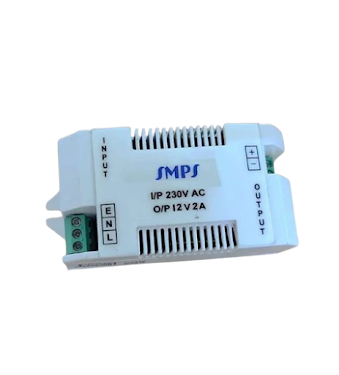In sectors where accurate motion control and repeatability are indispensable—such as CNC machining, robotics, medical devices, and 3D printing—having the right stepper motor controller is essential. These devices convert control signals into precise electrical pulses that coordinate motion, speed, and positional accuracy with fine granularity. Advanced controllers deliver micro stepping capabilities, flexibility in interfacing, and compatibility with modern automation systems, empowering engineers to achieve both smooth operation and optimized torque. As process demands evolve, reliable control solutions help bridge the gap between design intent and real-world performance.
Modern controllers are designed for
versatility, supporting various communication protocols and synchronization
across multiple axes. They also provide configurable acceleration profiles and
real-time diagnostics, minimizing downtime and facilitating predictive
maintenance. This level of control is particularly critical in production
environments where component positioning accuracy can directly affect product
quality, workflow efficiency, and safety standards.
One example of a widely used control
component is the Stepper driver DM542, favoured for its balance of
power, reliability, and configurability in medium-duty automation applications.
Compatible with popular NEMA 17 and NEMA 23 motor sizes, this digital driver
supports up to 1/128 micro stepping—resulting in exceptionally smooth motion
and decibel-lowered operation. The DM542 finds frequent application in laser
engravers, compact CNC routers, automatic camera mounts, and intelligent
lighting fixtures. Its built-in protections, such as overcurrent and thermal
shutdown, help ensure continuous and secure function in diverse working
environments
The function of a brushless DC motor driver supplier, which supplies parts necessary for the effective operation
of BLDC motors, is equally significant in the larger motion control ecosystem.
These motors are prized for their high efficiency, minimal noise, and extended
lifespan compared to conventional brushed variants. The driver translates
command signals into precise power outputs, facilitating smooth speed
regulation and accurate positioning. Applications include electric vehicles,
drone systems, HVAC actuators, and robotics platforms, where reliability and
performance mean everything
BLDC drivers often support both sensored
and sensorless motor configurations. Advanced units adjust current feedback and
commutation timing dynamically, yielding energy-efficient operation and minimal
thermal buildup. When matched properly with the motor and power supply, these
systems provide responsive control even in fluctuating load conditions—making
them ideal for fast-paced modern automation
Supporting a wide motion control portfolio,
various firms offer integrated stepper motor drivers that work in tandem
with controllers to optimize torque, acceleration, and positional
repeatability. These units often feature selectable micro step settings,
multiple voltage ranges, and protective circuitry to guard against overstress
and instability. They ensure consistent performance across production-grade
applications in manufacturing automation, textile machinery, and inspection
systems
Manufacturers emphasize traceability and
quality certification to meet both industry standards and client expectations.
Drivers may come with batch testing reports, CE markings, and application-specific
recommendations. As complexity in industrial machinery grows, the integration
between drivers, controllers, and power supplies has become essential for
system reliability and energy efficiency
Collaborative relationships between
suppliers and fabrication companies help justify material selection decisions,
especially when technical weldability, cost-per-foot, and long-term lifecycle
performance are evaluated. Feedback loops from field performance often guide
future product developments—leading to improved alloy compositions, delivery
formats (such as solid wire, flux-cored wire, or coated electrodes), and
packaging methods for enhanced shelf stability.
As fabrication technologies evolve and
project timelines grow tighter, welding consumable suppliers are increasingly
expected to deliver not just products, but end-to-end solutions. This includes
fast delivery logistics, personalized inventory management, and digital
tracking of batch certifications. Collaborative partnerships often extend to
innovation, where end-users contribute insights that shape the next generation
of alloy blends or performance-enhancing coatings. Such synergies drive
efficiency across industries and help ensure welding materials meet real-world
challenges with precision and consistency.
These evolving expectations have led to the
emergence of suppliers who no longer operate as mere vendors but as strategic
partners. By offering tailored consultation, technical training, and
post-delivery support, they help clients unlock greater operational reliability
and long-term cost savings. Many also leverage digital platforms to offer
predictive reorder systems, remote diagnostics, and access to performance
analytics, further enhancing user convenience and supply chain efficiency. The
shift toward sustainability is also shaping this space, with manufacturers
innovating environmentally friendly packaging, energy-efficient production
processes, and low-emission welding materials. All these elements contribute to
a new era of welding solutions—one where adaptability, intelligence, and
collaboration define success. As industries strive to meet stricter quality,
safety, and sustainability standards, the demand for holistic welding support
systems is only expected to grow, positioning forward-thinking suppliers as key
enablers of industrial progress. In this
dynamic landscape, the ability to anticipate client needs and deliver
customized, high-performance solutions will be the hallmark of truly
future-ready welding suppliers.





No comments:
Post a Comment